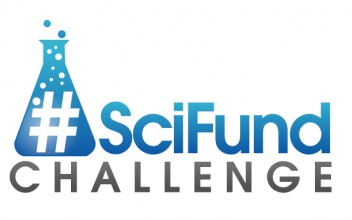
What does a statue of Robocop, declining scientific literacy, the movement of scientists to blogs and Twitter, and rock-bottom NSF & NIH funding rates have in common?
Crowdfunding!
Since 2012, I’ve been fascinatined by the prospects of scientists using crowdfunding as a means to justify doing intensive outreach activities. Crowdfunding is *not* the answer to the funding crisis, but it is a way to build more outreach into our labs and lives, while combating the culture of ‘outreach is a waste of time’ that exists in so many universities.
So, what makes science crowdfunding work? What do we, as scientists, need to do to tap the world around us for direct research funding? Why would people even want to throw their dollars our way? And what is the best way to build better connections between science and society, while furthering our research and education goals?
The video from my own first attempt at crowdfunding subtidal research
Towards that end, with a great team of collaborators, I helped to found The #SciFund Challenge. At #SciFund, we’re not only helping scientists run their crowdfunding campaigns, but conducting research to find out what works, what doesn’t, and how does crowdfunding work in the sciences. I’m always interested in new angles on this questions, and further ways to dig into how to connect science and society via crowdfunding. I’ve also run a crowdfunding campaign myself (funded a research cruise and a half to the Channel Islands), and encourage my students and collaborators to try it out as a way of funding parts of their own work.
